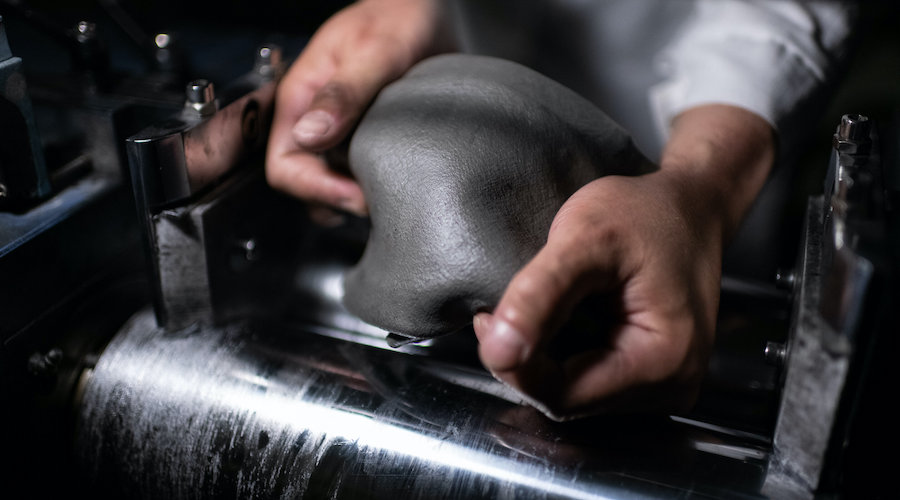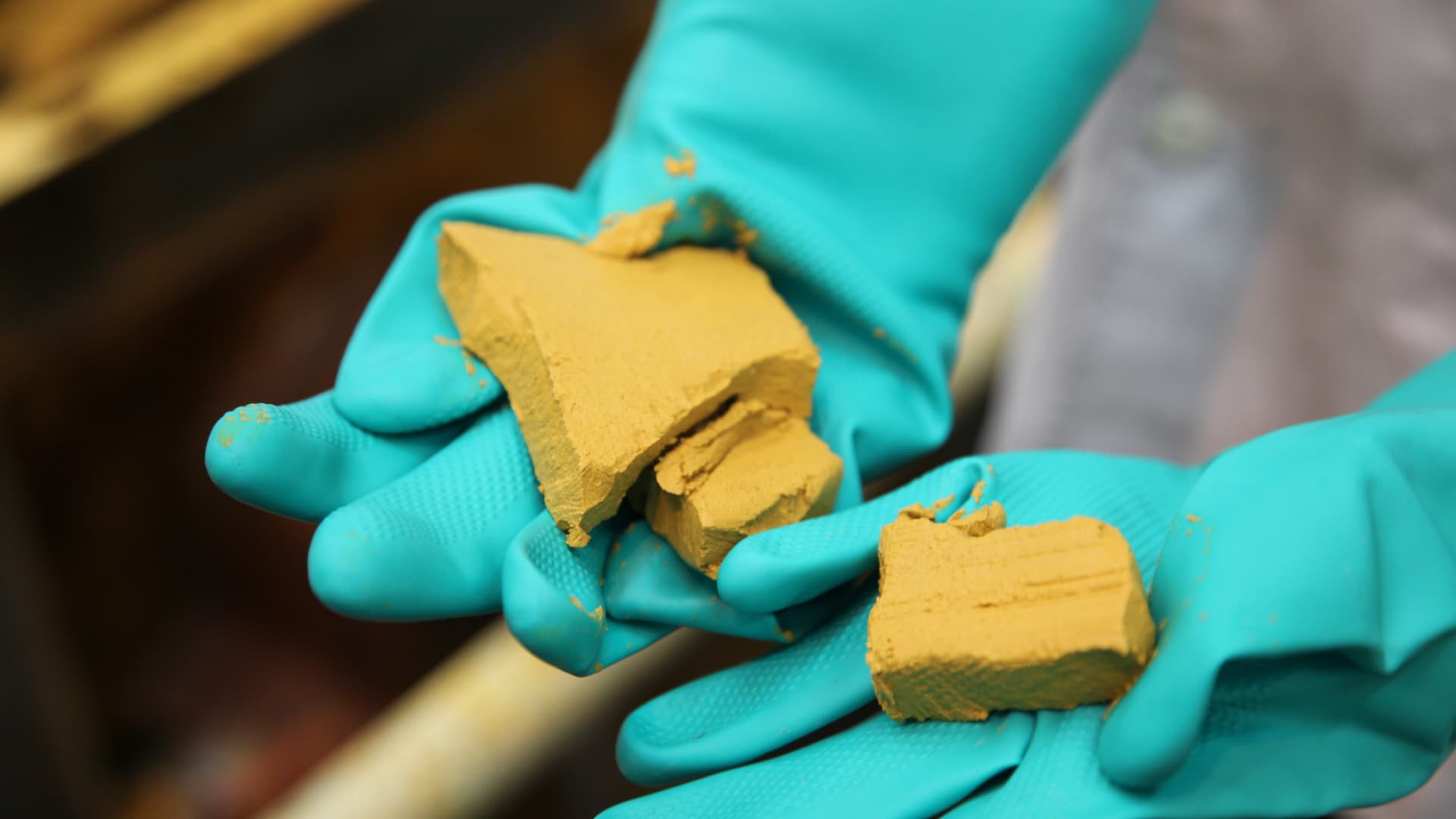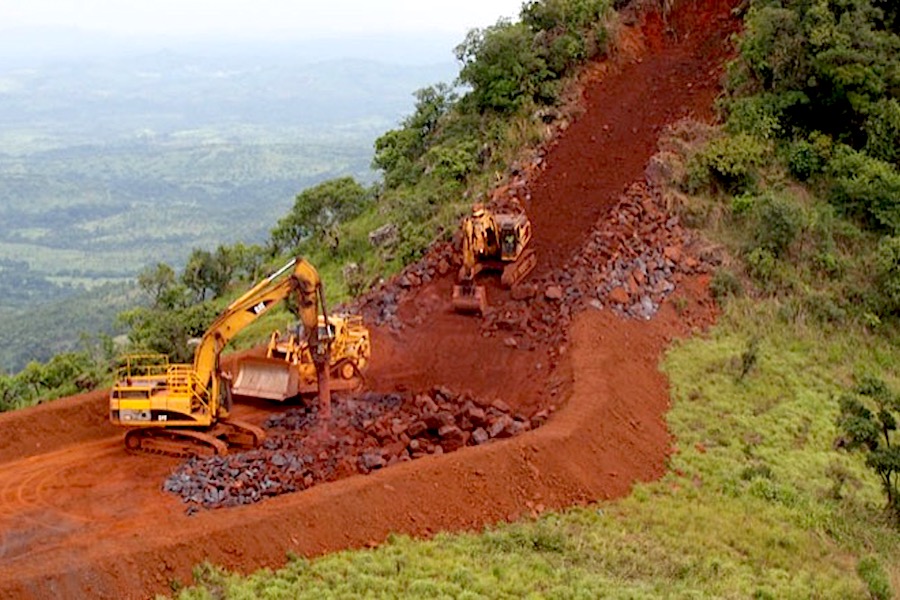

In a paper published in the journal Polymers, the scientists explain that due to the combination of low density, high strength and chemical stability at elevated temperatures, composite materials can be used to produce fuel cells, super-capacitors, and next-generation aircraft engine components.
Knowing that many materials scientists are developing a new class of composites consisting of various carbon reinforcing fillers in a graphite matrix obtained by carbonization — or the transformation of a polymer into a carbon material — the MISIS and Skoltech group decided to come up with a solution to the fast and economical production of such composites.
First, they identified the optimal parameters for heat treatment to achieve the best performance in terms of “crack resistance”—that is, resistance to the initiation and propagation of cracks that largely determines the strength of brittle and quasi-fragile materials.
In a media statement, the researchers explained that the composite synthesis process is similar to baking a dough made from an elastomer, which is a soft rubber-type polymer reinforced with a filling at several temperatures above 180ºC.
Since the short carbon fibre often used as a filling is quite expensive and has a limited supply, the team decided to partially substitute it with shungite.
Following a number of tests, the initial product was restructured and ended up enriched with carbon.
“The easily shaped polymer is thereby turned into one of the most stable carbon compounds, such as graphite or diamond,” the press brief states.
“The purpose of this study was to optimize the carbonization process to increase the crack resistance [of composites] depending on the processing temperature and the initial mixture composition.”
The researchers hope that the materials produced with their technique are used to manufacture key parts of fuel cells, components of chemically resistant equipment, and complex pumping equipment for oil production at record depths and in the harshest conditions. Another promising area for the use of new materials will be to create a new generation of aircraft engine components.
This post has been syndicated from a third-party source. View the original article here.




